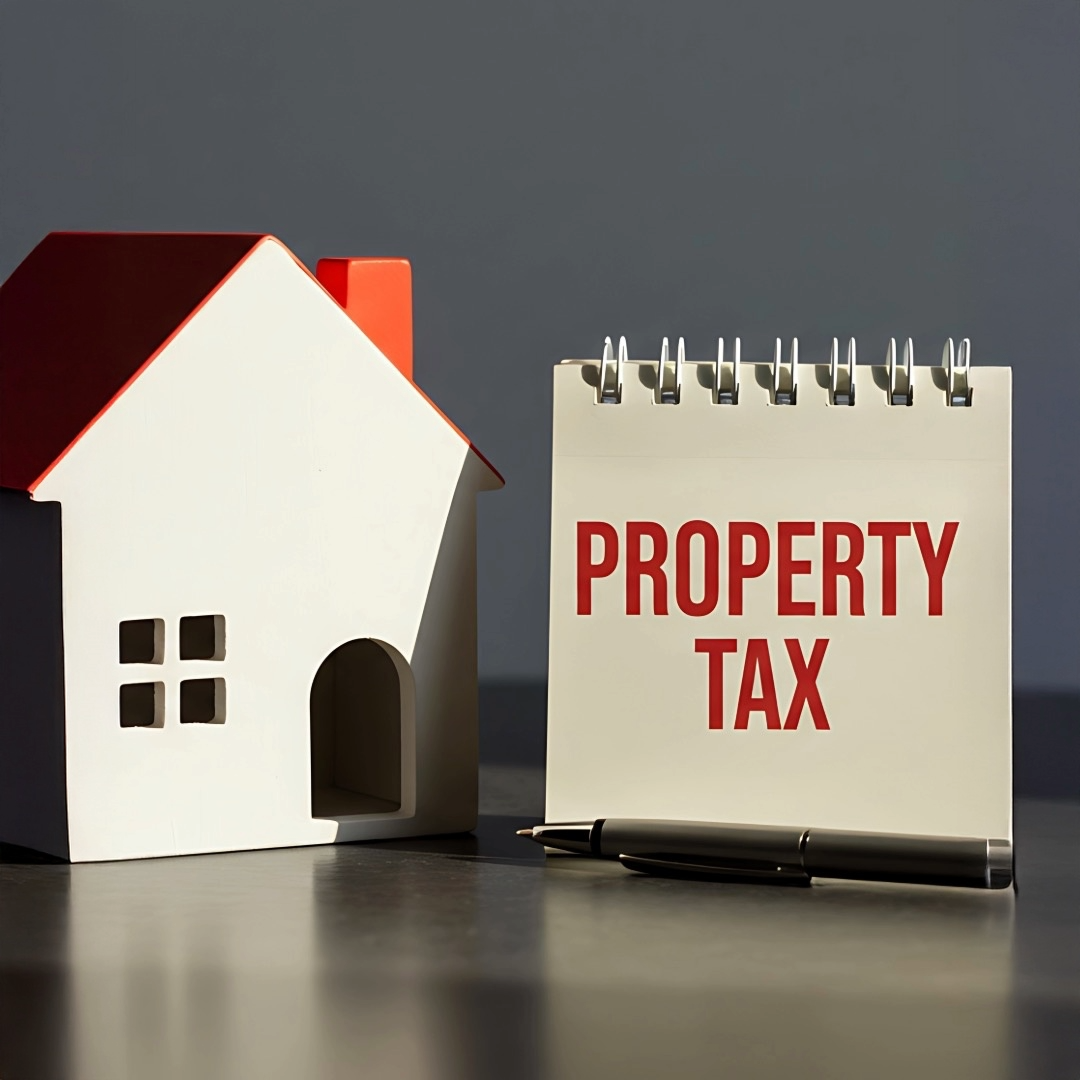
For Buy-to-Let landlords in the UK, navigating property tax can be complex.
Understanding your obligations is more important than ever, especially with updated regulations in 2025, following changes announced in the 2024 Autumn Budget.
This blog provides a clear summary of the major tax rules affecting Buy-to-Let properties in 2025.
1. Stamp Duty Land Tax (SDLT) Changes
From April 2025, the SDLT surcharge on second homes and Buy-to-Let properties has increased from 3% to 5%.
This applies across England and Northern Ireland, with similar increases to LBTT (Scotland) and LTT (Wales). If you’re purchasing additional properties, these changes will significantly impact your acquisition costs, particularly for Buy-to-Let investors.
2. Income Tax on Rental Income
Landlords must report rental income and allowable expenses.
Most use the “cash basis” for simplicity, recognising income and expenses when money is received or paid. However, landlords earning over £150,000 must use the “accruals basis” for their Buy-to-Let properties.
From April 2026, Making Tax Digital (MTD) rules apply to landlords earning over £50,000 (and over £30,000 from 2027), requiring quarterly digital reporting to HMRC.
3. Mortgage Interest Relief
You can no longer deduct mortgage interest directly from rental income from Buy-to-Let properties.
Instead, a 20% basic rate tax credit is applied to mortgage interest. This can be less favourable for higher-rate taxpayers, so strategic planning is essential.
4. Buy-To-Let Allowable Expenses
Landlords can deduct a range of expenses to reduce their taxable income, such as:
- Repairs and maintenance (not improvements), which can be important in maintaining the value of Buy-to-Let investments.
- Letting agent fees
- Insurance, utilities, and council tax (if applicable)
- Replacements of domestic items like-for-like
Understanding the difference between repairs and capital improvements is key, as the latter only provides relief when selling via Capital Gains Tax (CGT).
Read why Liverpool is still a great place to invest
5. Buy-To-Let Capital Gains Tax (CGT)
When selling a Buy-to-Let property, CGT applies to the profit made.
From April 2024, the higher CGT rate reduced from 28% to 24% (18% remains for basic rate taxpayers). The annual CGT allowance is now £3,000 per individual. Landlords must report and pay CGT within 60 days of completion.
6. Owning Property Through a Company or Trust
Incorporating can offer planning advantages, including full relief on finance costs, which is particularly beneficial for Buy-to-Let portfolios.
However, corporation tax (19–25%) and additional admin must be considered. Trusts may provide Inheritance Tax benefits, but come with complex rules.
In Summary
With SDLT hikes, new CGT rates, and MTD looming, 2025 is a pivotal year for Buy-to-Let taxation.
Landlords should review their financial position and ensure compliance with evolving rules.
As independent financial advisers, we help landlords make informed, tax-efficient decisions regarding Buy-to-Let investments. Whether you own one property or a portfolio, tailored advice can save you time, money, and stress.
